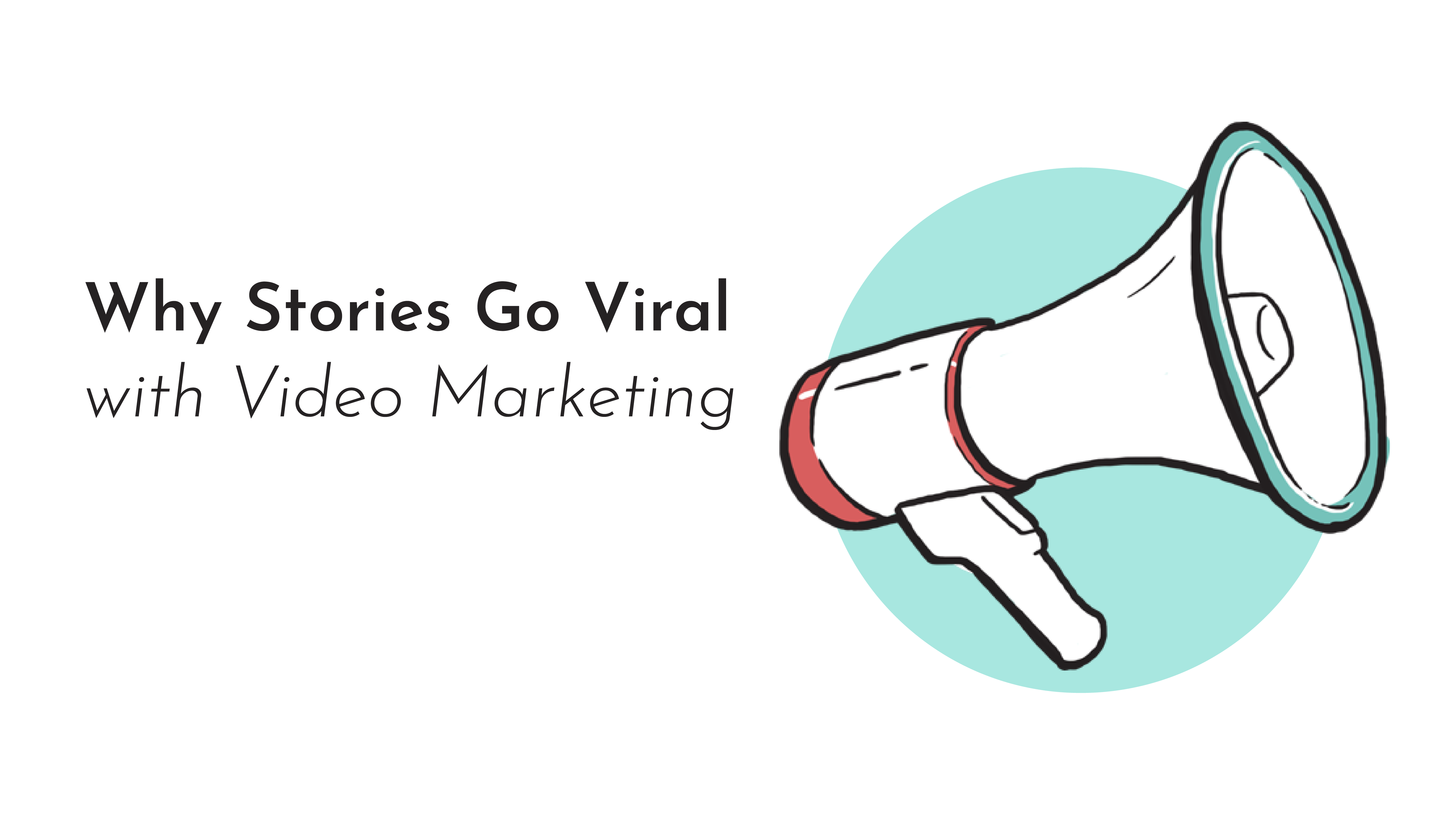
Research tells us that at the moment you read this blog, it’s likely that you’ll have already seen thousands of ads today. In fact, the most accurate data we have on ad consumption is from marketing giant Yankelovich, which estimated that the average person saw up to 5,000 ads in a single day – and that was back in 2007!
Almost 15 years further into our digital development, we are confident that that number has only increased. The question, though, is not how many ads the average person sees a day. The question is: how do you help your story stand out among the thousands of pieces of white noise?
That’s where animated video comes in. An engaging video promo or animated call to action is going to get more attention from audiences than text, period. (No, seriously, there’s science behind that.)
We’ve highlighted some of the reasons why video makes it so easy for an idea to go viral, and outlast the competition.
Video is Concise
A carefully scripted video can express in a matter of moments what would otherwise take hours to read. We’ve even pushed the boundaries and considered how to get an idea across in under 5 seconds!
By unifying visual and aural cues, video helps the brain make important connections between the information being offered and one’s own experiences and points of reference. Think about how a simple ‘ch-ching’ sound effect immediately brings to mind money and profits, or how the giant red X over a black-and-white ‘before montage’ indicates a problem worth solving. These are just two examples of the time-saving tricks that we employ when using video. These features allow us to share more hearty content from your story while still keeping the run time short enough to be worthy of your busy audience’s attention.
Video can be Everywhere at Once
One of the key components of going viral is…well…being viral! To reach as many eyes as possible, your message needs to show up everywhere your audience is. Fortunately, video is highly adaptable.
You might be surprised at all of the great places we’ve seen video marketing show up. With the ability to embed your video into your email signature, market it to specific users as a pre-roll ad, or just let it loop at your next trade show, you know your story will be grabbing the attention of more viewers than it would as an article on a stagnant webpage. Once you’ve created your video, the only real limit to where it ends up is your imagination.
Video is Personal
The urge to press that coveted ‘share’ button requires that viewers believe someone else is as likely to be as touched by the story as they have been. Video is uniquely known for its ability to speak to everyone: the illustrated concepts are key for visual learners, while voiceover and on-screen text resonates with verbal learners. Videos can be enjoyed at any pace, for individual learners, or shared in larger settings to make space for social learners to interact. Most of us relate to a mix of these styles and learn in many different ways. Video is the only medium that works in all of them simultaneously.
Video is Shareable
Perhaps this is obvious, but before digital video content, going viral wasn’t really a thing. Online platforms like social media and YouTube make it super easy for users to share your video with their networks. When you create something compelling that people want to share, they can easily hit that share button and extend the reach of your video – and your message.
Video has that…je ne sais quoi!
As far as the internet goes, the term ‘viral’ is almost always found next to ‘video.’ We don’t know about you, but we’ve never heard of a viral op-ed or a viral website. There’s just…something about video that is full of life and charisma in a way that other mediums simply aren’t.
We think it might have something to do with Visual Storytelling, or a strategy that prioritizes the use of narratives and emotions over data and descriptions. By replacing the inclination to bombard viewers with facts and data that tell them what to think, story-based marketing shows interested viewers your story via emotions, and guides an audience to a conclusion without outright telling them what to do.
If you’re ready to get more views on your message, call us today at 202-747-0404.
In the meantime, check out this example of viral video marketing: We helped create the video below for advocacy group Save the Boundary Waters, as a way to spread awareness about the threat of proposed copper mining around the highly treasured ecological area. After sharing this video on their Facebook page, Save the Boundary Waters received over 100K views – and the federal government has even announced a proposed ban on copper mining around the Boundary Waters. Now that’s the power of viral video marketing!



